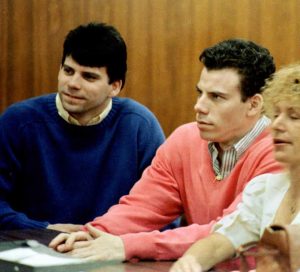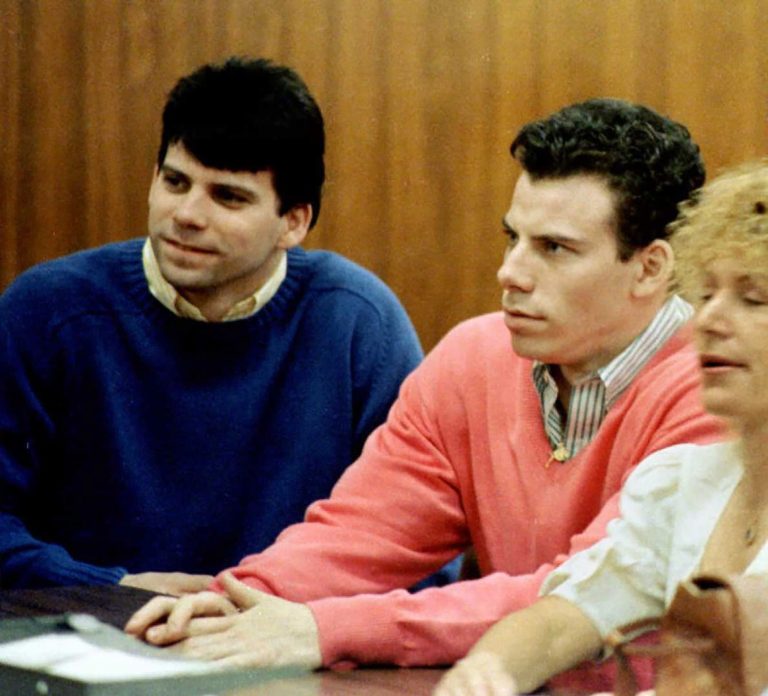For Andrew Fraknoi, it all began with comic books.
The astronomer was 8 years old when he first thumbed through their pages, soaking up illustrations of star-studded galaxies — and the superheroes traversing them — from a refugee camp in Austria.
He’d fled Hungary alongside 200,000 others, an exodus sparked by a failed revolt against communist forces in 1956. Fraknoi, like many Hungarians, was forced to start over.
His mother tried to ease that process by teaching her son German and later English, through comics. He was hooked, he said, by one cosmic superhero in particular.
“The thing about Superman is, he’s an immigrant,” says Fraknoi, now 75, from his San Francisco home. “He comes from a completely different culture and a different planet … and even when he grows up, he still has a little bit of that inside him. I think I really identified with him because of that.”
Fraknoi’s family moved from Salzburg to Vienna and then to New York. All the while, the stories in those comic books stuck — and over the decades, his passion for outer space has, too. Today, Fraknoi is known for his ability to translate interstellar complexities so everyone, from children to retirees, can grasp the thrill of the beyond.
“There’s nothing like taking astronomy and making it into something that even the most reluctant, non-science majors could enjoy,” he says. “I just got fascinated by being able to wake people up to the excitement I felt about astronomy. That became my mission.”
For more than 30 years, Fraknoi taught astronomy and physics at Bay Area colleges and universities. He’s written open-source textbooks for introductory astronomy courses and led a program that brought astronomers into elementary, middle and high school classrooms throughout the country. And he’s moderated free public talks at Foothill College that have brought astronomy to Bay Area communities for more than two decades.
“He basically carved out the profession of education and public outreach in astronomy,” says Suzy Gurton, the retired director of education for the Virginia-based National Radio Astronomy Observatory and a former colleague of Fraknoi’s at the Astronomical Society of the Pacific. “There are so many of us who love talking about astronomy and wouldn’t have had a profession, if it weren’t for Andy’s lead.”
Astronomer Andrew Fraknoi, emeritus chair of the Astronomy Department at Foothill College, holds a Mars globe while standing in front of NASA’s famous Pillars of Creation image, Wednesday, Nov. 29, 2023, at the California Academy of Sciences. (Karl Mondon/Bay Area News Group)
Over the course of his career, Fraknoi’s accolades have ranged from being named California professor of the year in 2007 to having an asteroid the size of San Francisco Bay named after him. But Fraknoi’s career as an astronomy educator wasn’t always so clear cut.
When his family first settled in the U.S., 11-year-old Andrew drank up science fiction novels at his local library and saved up for tiny space figurines at his local five and dime. He got into the Bronx School of Science and spent Saturday mornings in astronomy classes at Columbia. Eventually, he made it to Harvard, where he studied astronomy, and then graduate school at UC Berkeley.
It was there, on the Cal campus, that Fraknoi got a part-time gig as a teaching assistant — and soon realized he wanted to dedicate his life to astronomy education.
“I developed this to what the research people at Berkeley thought was a bizarre interest in teaching. They didn’t quite know what to make of it,” says Fraknoi. But, he adds, “Teaching is one of the most exhilarating things you can do.”
Today, Fraknoi has more than three decades of full-time teaching behind him, all at the Bay Area community colleges such as Cañada in Redwood City and, for the bulk of his career, Foothill in Los Altos Hills. Even after he retired, Fraknoi kept teaching astronomy, physics and other subjects at San Francisco State and the University of San Francisco, including courses like Einstein Without Tears and Physics for Poets.
“I think teaching really is his calling,” said Kathy Bruin, the director of San Francisco State’s Osher Lifelong Learning Institute, where Fraknoi just wrapped up another six-week class. “Some people might know their stuff, but they’re not good teachers. Or they’ll be good teachers, but they don’t know their stuff. But Andrew is both.”
Fraknoi’s love of those subjects — and his love of teaching — is palpable. When he talks about his work, energy pours from his voice. His eyes, behind rectangular spectacles, widen. And he’s charmingly humble about that Asteroid Fraknoi.
At their core, Fraknoi explains, asteroids are just “leftover garbage” from the formation of the solar system — but being named after one, he concedes, was wonderful.
“I always like to point out that my asteroid is in a very boring orbit between Mars and Jupiter, and of no danger,” he says. “It won’t hurt the Earth, but it was very sweet. I have a photograph of it.”
“He has this wonderful way of inserting humor,” says science educator Dennis Schatz, who has collaborated with Fraknoi on several projects, including co-authoring of a children’s book, “When the Sun Goes Dark.” “That can lighten up a whole subject, even when dealing with something like astrophysics, which can be pretty weedy.”
Fraknoi has also served as executive director of the San Francisco-based nonprofit Astronomical Society of the Pacific, which aims to increase the public’s understanding of astronomy. He’s on the board of Silicon Valley’s SETI Institute, and for nearly 25 years, Fraknoi has moderated talks at the Silicon Valley Astronomy Lectures, a public lecture series at Foothill College. The next one – Feb. 7 – focuses on recent discoveries using gravity waves.
And he has returned to science fiction, the genre that propelled him toward astronomy so early on. After years of writing, submitting and receiving rejections from magazines across the world, Fraknoi now has published seven stories. And like nearly everything Fraknoi has created, he’s worked with the publishers to make every one of those stories free.
“So here I am,” he added with a chuckle. “A bona fide science fiction writer.”
Still, Fraknoi doesn’t let his writing get in the way of his teaching. In fact, he uses it to supplement his courses, get people excited and pull them into the mysteries of outer space. His classes are now specifically targeted toward retirees, and this past fall, he taught a course called The Tourists’ Tour of the Solar System through S.F. State’s Lifelong Learning Institute.
Jupiter and the Great Red Spot, seen here in images provided by NASA and taken by the Hubble Space Telescope, are part of Andrew Fraknoi’s lectures on the remarkable sights of the solar system. (AP Photo/NASA)
For six weeks, Fraknoi took his students to his favorite spots in the Milky Way, from a Mars volcano larger than the state of Arizona to a Jupiter storm system three times the size of Earth.
Related Articles
What’s that bright object in the night sky? Here’s a guide
Bay Area Stargazing: Amateur astronomers share the secrets to star spotting
Lick Observatory: Unraveling cosmic mysteries from an otherworldly ‘little town’
NASA Ames builds the future. What’s next?
Astronaut Steve Smith’s time in space has shaped the course of his existence
“What I enjoy is showing the beauty, the intellectual excitement and the connections with our existence on Earth to the things that are out there,” he says. “We just had the best time in this class.”
And overwhelmingly, his students agreed.
“Thank you so much for the entertaining, informative and mind-bending tour of the solar system, galaxy and universe!” said one student, dropping the comment into a Zoom chat as Fraknoi wrapped up his last lesson. “Your enthusiasm for the subject is infectious!”
“Thank you, Andrew,” added another. “My head is swimming.”
Details: Learn more about the Silicon Valley Astronomy Lecture series and catch up on past lectures at www.youtube.com/user/SVAstronomyLectures.













+ There are no comments
Add yours